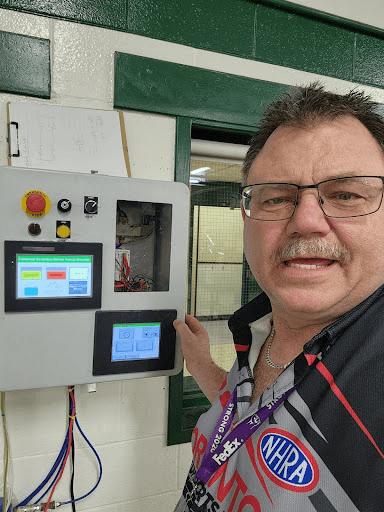“No, I love wasting money,” and, “Nope, I’m boring and hate fun” may seem like odd choices for button labels, but they are actually examples of a common dark pattern known as confirmshaming. Coined by UX expert Harry Brignull, confirmshaming involves triggering uncomfortable emotions like guilt and shame to influence users’ decisions.
In a typical scenario, opt-out copy for a promotional offer is worded in a derogatory manner, mocking or shaming the user for not engaging with the promotion. For example, you might encounter a button labeled, “No, I hate saving money” when declining to give personal information for a discount, or be faced with belittling copy like “Nah, I’m boring” when unsubscribing from a service.
These deceptive patterns, as described in Brignull’s book, are used to trick or manipulate users in interface design. Despite their negative impact, dark patterns are prevalent online, with new examples of confusing interfaces and coercive content regularly being called out.
Companies use confirmshaming because it is effective in targeting users’ emotions and increasing compliance. Studies have shown that manipulative copy can result in a significant increase in signups, particularly affecting users with lower levels of education. Additionally, the low cost and high conversion rates of dark patterns make them appealing to companies.
While confirmshaming may bring short-term gains, it can have long-term negative effects on user engagement and satisfaction, as well as damage a company’s reputation. Deceptive patterns are not only immoral but can also be illegal in many countries, as seen in the recent FTC complaint against Amazon for using dark patterns.
Instead of using confirmshaming, designers should educate their teams on the negative effects of emotional manipulation, back up their arguments with research, and invest in content design to create a more user-friendly experience. By avoiding deceptive patterns and focusing on user well-being, companies can improve their reputation and build better relationships with customers.
Source link






















